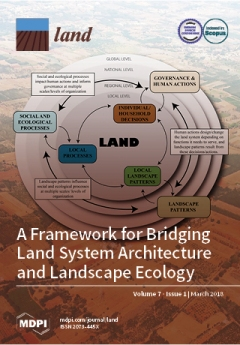Resource information
Since the early 20th century, “desert reclamation” has been synonymous with large-scale waterworks and irrigation. These techniques have made it possible to produce abundant crops in arid or semi-arid environments. The costs have often been externalized, with increased environmental productivity in the new croplands counterbalanced by increased aridity elsewhere. In this paper I consider whose interests are served by such projects, and what kinds of social constructions of the natural and human environment make them possible. I focus on the Turkana basin, a watershed spanning the Ethiopian and Kenyan borders, where large dams and irrigation projects are currently being established with the goal of producing cash crops and hydro-electricity. In the narratives of the projects’ proponents, the schemes are represented as part of a tradition of development stretching back to the American West. In the discourse of critics, the Aral Sea of Central Asia is frequently invoked. Considering Turkana in relation to these cases sheds light on the political and ecological gambits involved in desert reclamation, and helps us to understand the costs and benefits of such projects.


